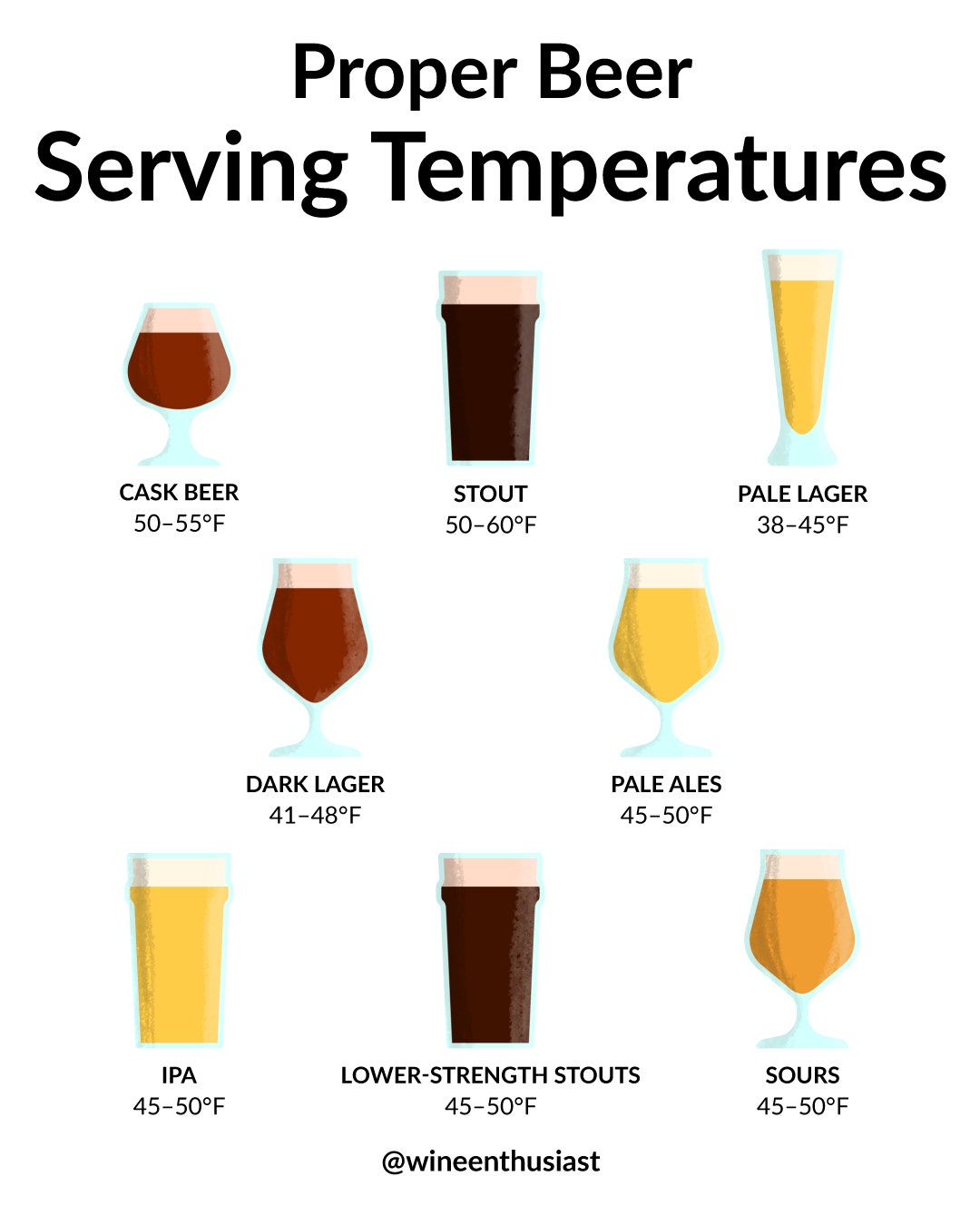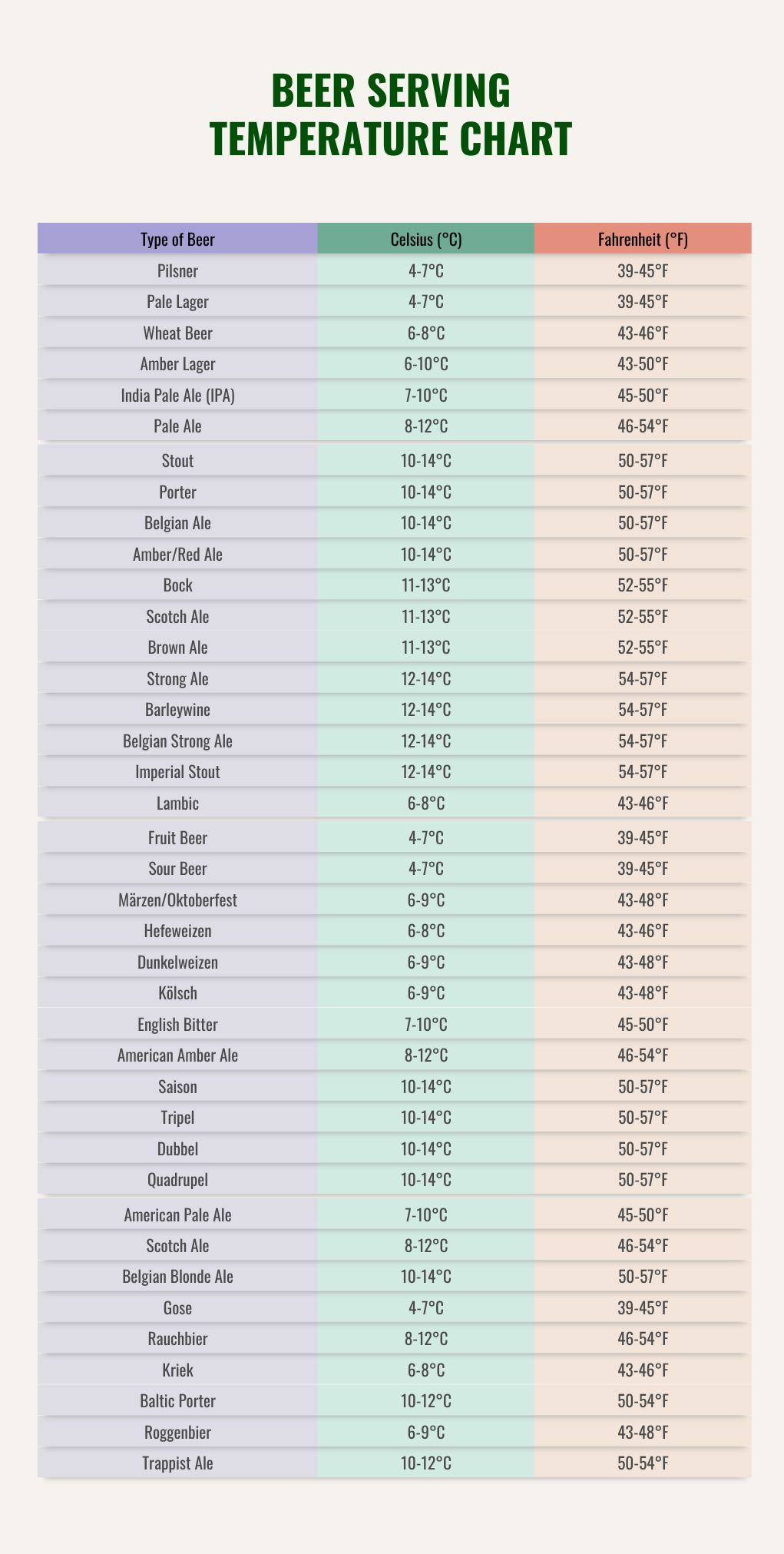Alright, let’s talk about something I’ve been tinkering with for a while now: beer serving temperature. Sounds a bit fancy, maybe, but stick with me. For years, I was a “colder the better” kind of guy. Just slam those bottles or cans into the back of the fridge, or even the freezer for a quick chill if I was impatient. And you know what? A lot of beer tasted… well, just okay. Sometimes even a bit bland, or weirdly sharp.
My “Uh Oh” Moment
The turning point for me was a few years back. I’d bought a slightly pricier craft beer, some kind of dark ale, I think. Poured it ice cold, took a swig, and honestly, it was disappointing. Tasted like… cold. That’s it. I left the glass on the counter, got distracted by something, and came back to it maybe 20 minutes later. Took another sip, and whoa! Suddenly, there were all these flavors – chocolate, a bit of coffee, some fruity thing. It was like a completely different beer.

That got me thinking. Maybe this whole “ice cold” thing wasn’t the full story.
Diving Down the Rabbit Hole (Sort Of)
So, I started to pay a bit more attention. I didn’t go out and buy a load of special equipment, mind you. I’m not that kind of person. But I did start to experiment. I’d pull a beer from the fridge and let it sit out for a bit. Sometimes 5 minutes, sometimes 15, sometimes longer. I started noticing patterns.
- Those light lagers and pilsners? Yeah, they still tasted pretty good nice and cold. Not freezer-burn cold, but definitely chilled. It kept them crisp and refreshing.
- IPAs and Pale Ales? This was interesting. Straight from the fridge, the hops could be a bit muted. Let them sit for 10-15 minutes, and boom, those fruity, piney, or citrusy aromas really started to pop. A huge difference!
- Darker stuff – stouts, porters, strong ales? These were the biggest revelation. Too cold, and they were just roasty and a bit thin. As they warmed up a little, closer to, say, cellar temperature (whatever that really means in a modern house!), they became so much richer and more complex. You could taste the malt, the sweetness, all those deeper notes.
My Super Scientific Method (Not Really)
My process became pretty simple. I’d grab a beer. If it was a light lager, I’d probably drink it pretty soon after taking it out of the fridge. If it was an IPA or something hoppier, I’d pour it and then busy myself for 10 minutes – check emails, let the dog out, whatever. For the really dark or strong beers, I might take them out of the fridge a good 20-30 minutes before I planned to drink them, especially in winter. In summer, maybe a bit less time.
I also started using my hand. Sounds weird, right? But if the bottle or can felt painfully cold, I knew it needed to warm up a bit for most styles. If it felt just cool, it was probably in a good zone for a lot of beers.
The biggest thing I learned? There are no super strict rules that you have to follow, unless you’re a beer judge or something. It’s more about what you enjoy. But I definitely found that most beers, especially the more flavorful craft ones, benefit from not being served at arctic temperatures.
What I Do Now
So, these days, my fridge is still the main storage. But I’m much more conscious of taking beers out ahead of time.
- Everyday Lagers/Pilsners: Straight from fridge, or maybe 5 mins on the counter.
- Pale Ales & IPAs: 10-15 minutes out of the fridge. I pour it, then let it sit while I potter about.
- Stouts, Porters, Belgian Ales, Barleywines: These guys get at least 20-30 minutes, sometimes more if the house is cool. I want them cool, not cold.
It’s not an exact science for me. I don’t use a thermometer anymore. I just go by feel and experience. If a beer tastes a bit dull, I’ll cup my hands around the glass for a few minutes to warm it up. You’d be surprised how often that little trick works.

Honestly, just playing around with this has made my beer drinking way more enjoyable. It’s like unlocking hidden flavors that were there all along, just masked by the cold. Give it a shot; you might be surprised at what you discover in your favorite brews!





















